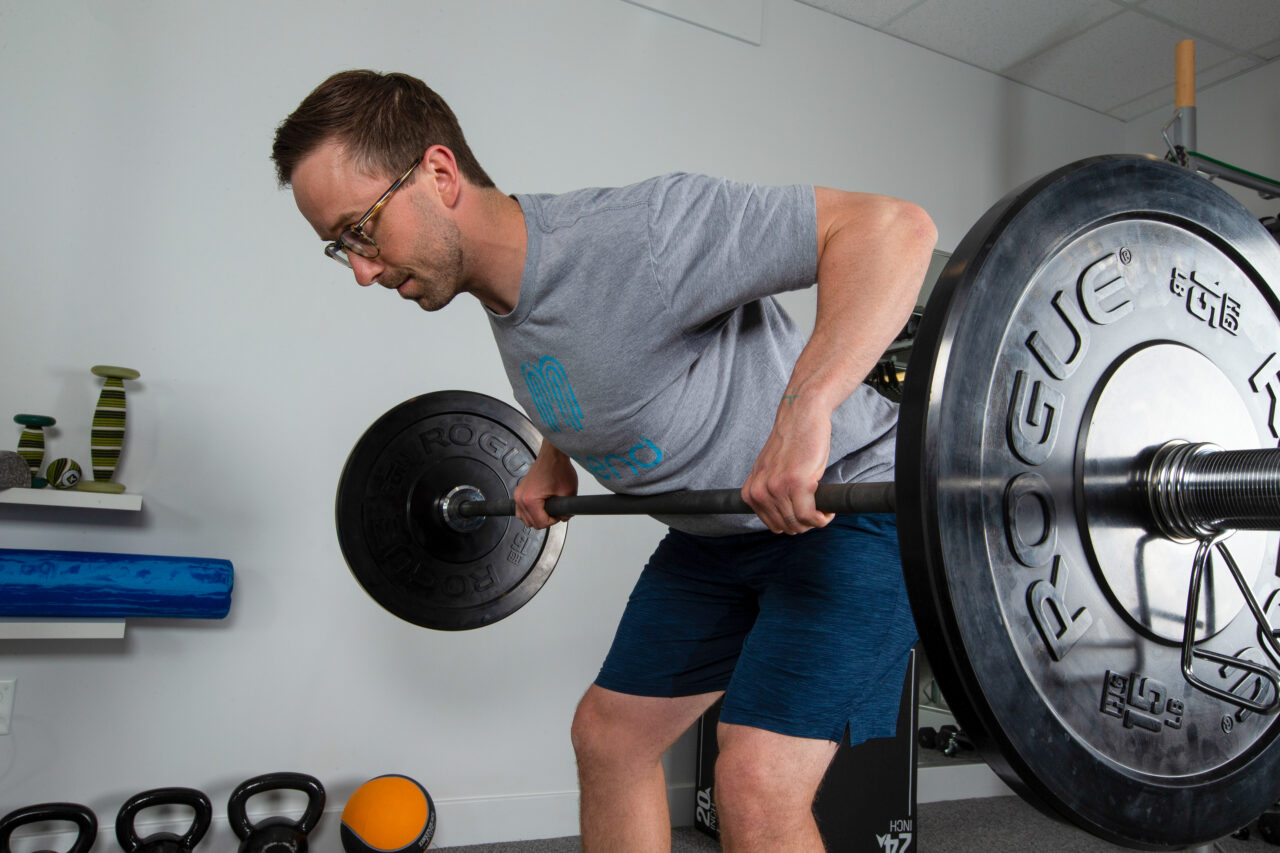Shoulder pain is one of the most common reasons patients seek care from their primary care physician and Physical Therapist. In our Boulder Physical Therapy and Lafayette Physical Therapy offices we successfully treat many shoulder conditions including rotator cuff tears, shoulder impingement, and tendinitis/tendinopathy. Half of all shoulder conditions involve the tendons of the rotator cuff.
Rotator cuff tendinopathy is the correct term, instead of tendinitis, due to the lack of inflammatory cells found within tendons in this diagnosis. In a tendinopathy, increased pain is secondary to an ingrowth of blood vessels and nerve innervation to the injured area. As we have discussed in our previous blogs exercise remains the number one treatment for injured tendons in order to remodel the injured area, restore optimal function, and prevent recurrence. A recent clinical practice guideline on rotator cuff tendinopathy was released in the Journal of Orthopedic and Sports Physical Therapy.
Desmeules and colleagues published their review of the available evidence on the examination and treatment of shoulder tendinopathy (JOSPT. 2025). Authors graded the strength of the evidence from Grade A, strong evidence, to Grade F, expert opinion. Grade B evidence was found for the utilization of a corticosteroid injection in the short term for patients with rotator cuff tendinopathy. Grade D evidence was found for the utilization of PRP or hyaluronic acid in this diagnosis.
The evidence supported the use of two Physical Therapy interventions for this diagnosis. Grade A evidence was found for Physical Therapy motor control and progressive resistance exercises. Grade B evidence was found for the use of shoulder and spinal manual therapy including joint mobilizations and spinal manipulation.
Click Here to schedule your next appointment with the experts at MEND

